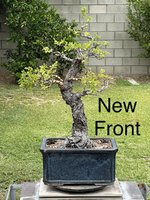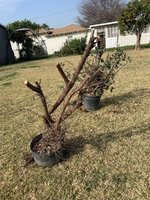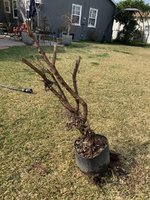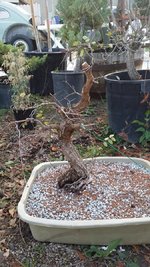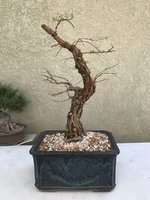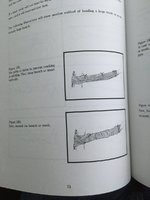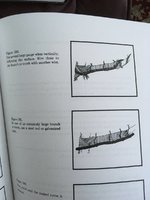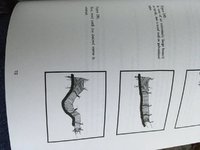David P
Yamadori
Hello Bonsainuts, this is what I did to my Cork bark elm today. I was getting lower branches dying before I knew that heavy top pruning was needed with these trees. I didn’t have a lot of lower branches left so I decided to re style the tree by heavy pruning and bending down the lowest branches left.
The fist photo will show what my tree used to look like and also some of the die back I was talking about.
The rest of the photos is what I’ve done.
Any thoughts or further suggestions would be appreciated from you guys.
The fist photo will show what my tree used to look like and also some of the die back I was talking about.
The rest of the photos is what I’ve done.
Any thoughts or further suggestions would be appreciated from you guys.
Attachments
-
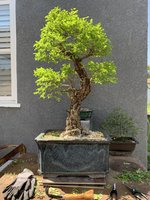 IMG_7343.jpeg307.1 KB · Views: 153
IMG_7343.jpeg307.1 KB · Views: 153 -
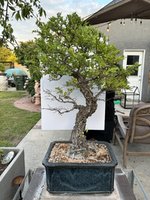 IMG_3878.jpeg305.4 KB · Views: 130
IMG_3878.jpeg305.4 KB · Views: 130 -
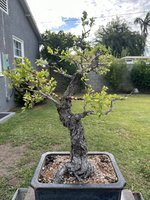 IMG_3887.jpeg314.2 KB · Views: 113
IMG_3887.jpeg314.2 KB · Views: 113 -
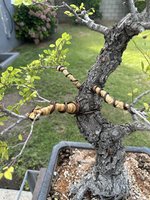 IMG_3896.jpeg286.4 KB · Views: 106
IMG_3896.jpeg286.4 KB · Views: 106 -
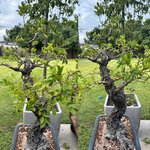 78BD2AAE-ABD1-46EF-814D-D3C1EE1ACBF8.jpeg420.3 KB · Views: 103
78BD2AAE-ABD1-46EF-814D-D3C1EE1ACBF8.jpeg420.3 KB · Views: 103 -
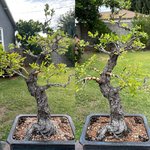 4E001959-8618-4FA5-A7FD-91A060C4E6A6.jpeg472.3 KB · Views: 110
4E001959-8618-4FA5-A7FD-91A060C4E6A6.jpeg472.3 KB · Views: 110 -
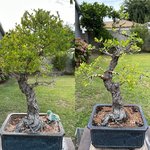 107CBAFF-414A-4532-84F4-AEDBAECAD846.jpeg480 KB · Views: 140
107CBAFF-414A-4532-84F4-AEDBAECAD846.jpeg480 KB · Views: 140

